Fisher Space Pen
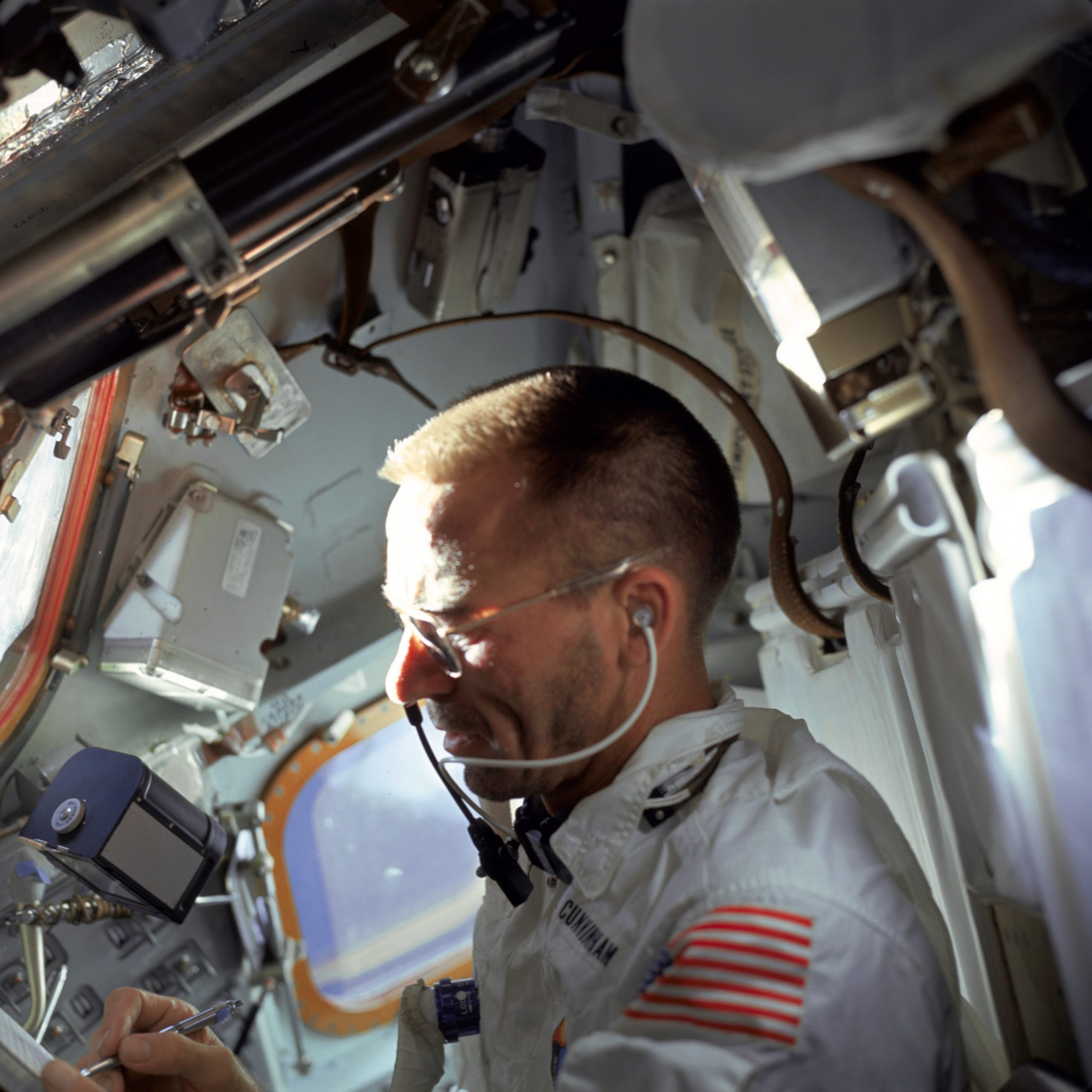
Unlike many innovations within NASA, the technology behind the Fisher Space Pen which allows for astronauts to write in a zero-gravity environment, was completely developed privately without any government assistance, by Paul C. Fisher. Paul spent most of the 1960’s developing his technology hoping to gain the attention of NASA, and it worked! Fisher Space…
Protective Coating for Ceramic Materials (PCCM)
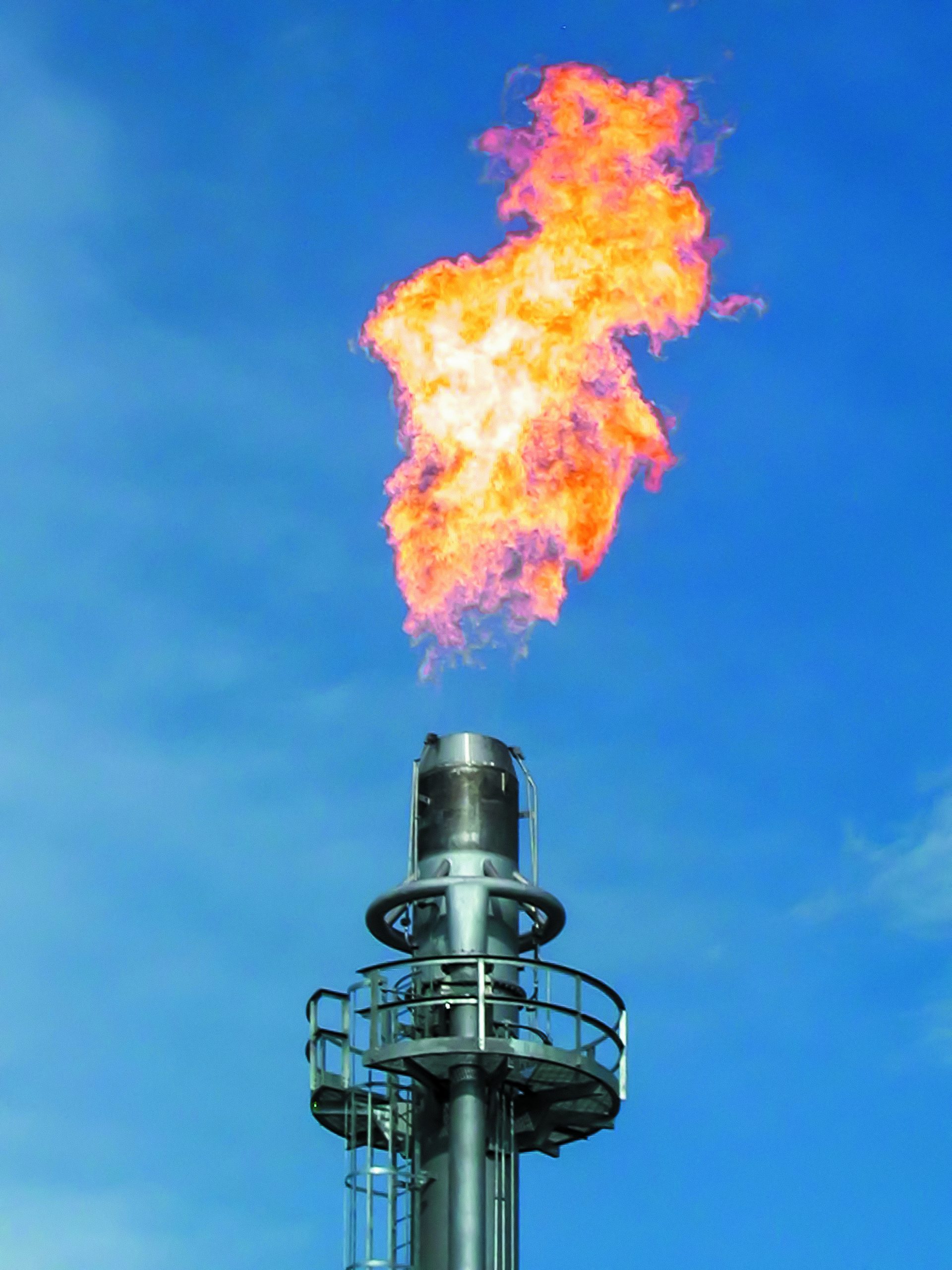
Emisshield Inc. manufactures and sells a wide variety of high-emissivity coatings for use in commercial and industrial applications. The technology behind the coating was invented at NASA’s Ames Research Center in the early 1990’s. The substance was dubbed the Protective Coating for Ceramic Materials (PCCM). The coating could be applied in a very thin film,…
Space Salsa
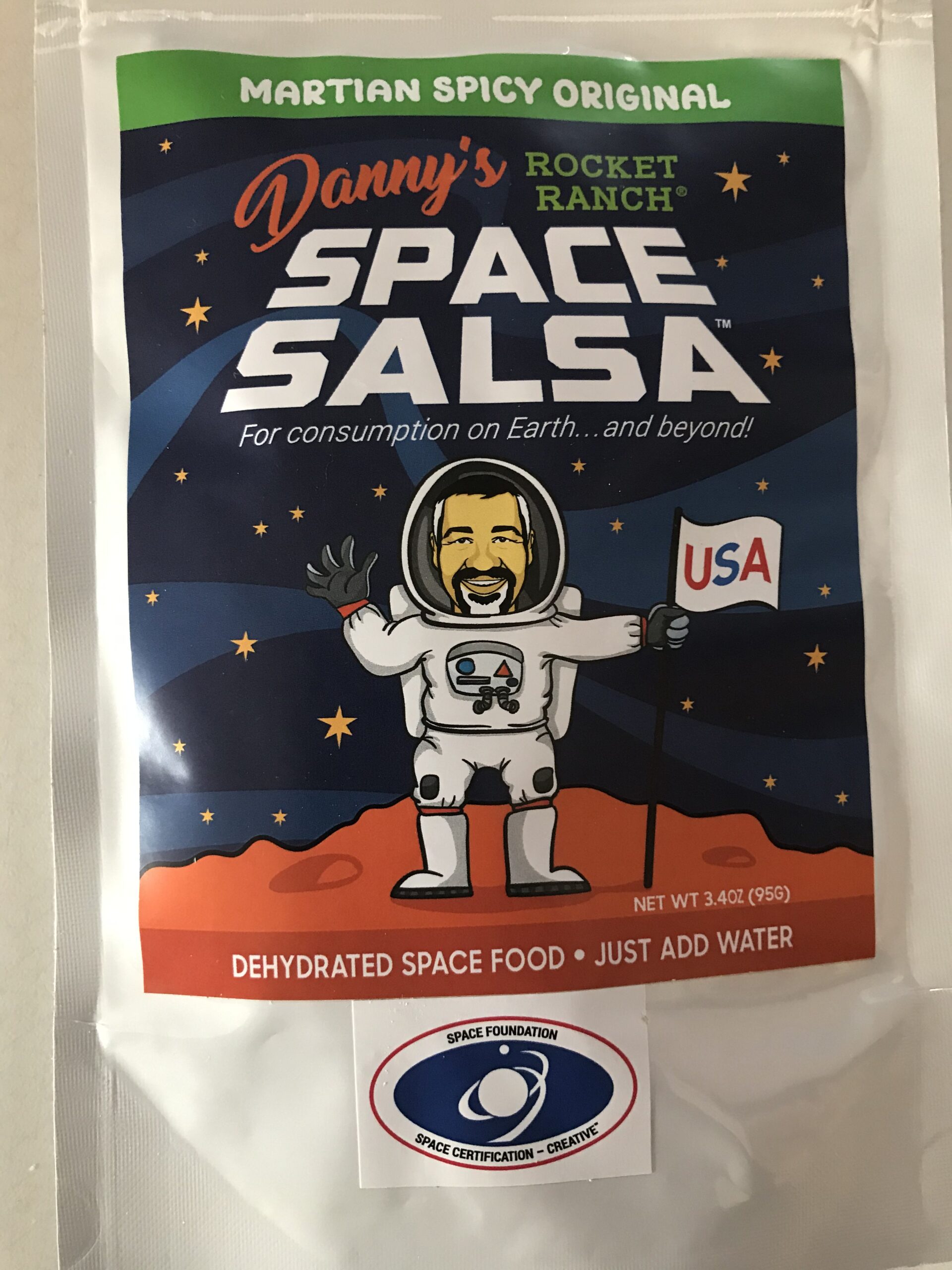
NASA, looking to significantly reduce weight, has been using rehydratable food and drinks for decades. During the Space Shuttle era to rehydrate food and drinks, astronauts used the water from the byproduct of the shuttle’s fuel cells. On the International Space Station, wastewater is filtered to remove impurities and contaminants to provide clean water. Retired…
Aspen Laser Systems, LLC

Aspen Laser is an FDA registered medical device company specializing in photomedicine with a unique focus and expertise in photobiomodulation (PBM) that is an alternative to pharmaceuticals and other therapeutic modalities. Photobiomodulation (PBMT) is a noninvasive and painless light-based therapy treatment for a number of conditions such as arthritis, tendonitis, and acute joint or muscle…
TheraLight, LLC

TheraLight is a medical device company that is at the forefront of providing LED light therapy (low-level light therapy, or LLLT), now referred to as photobiomodulation (PBMT). PBMT is a noninvasive treatment that can reduce pain and inflammation, and encourage faster healing in wounds, tendons, nerves, and bones, safely and without the use of drugs.…
Emergency Blankets
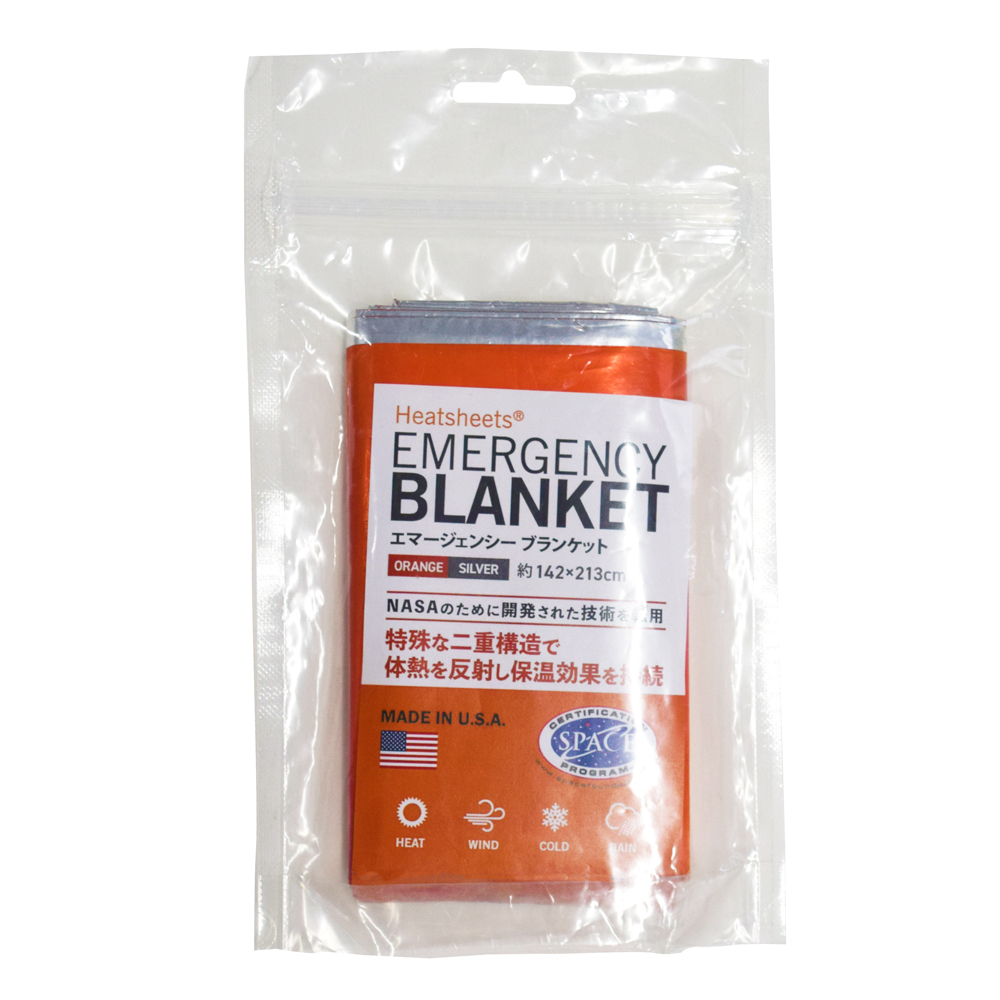
Using Radiant Barrier Technology which was originally developed by NASA to protect astronauts and electrical systems from the harmful temperature fluctuations and radiation in space, a Heatsheets emergency blanket allows people to retain 90% of their body heat in extreme conditions. They also help prevent hypothermia and shock. Being lightweight and easily transportable make them…
Bacillus Lysate, Active Ingredient in Commercial UV Protection
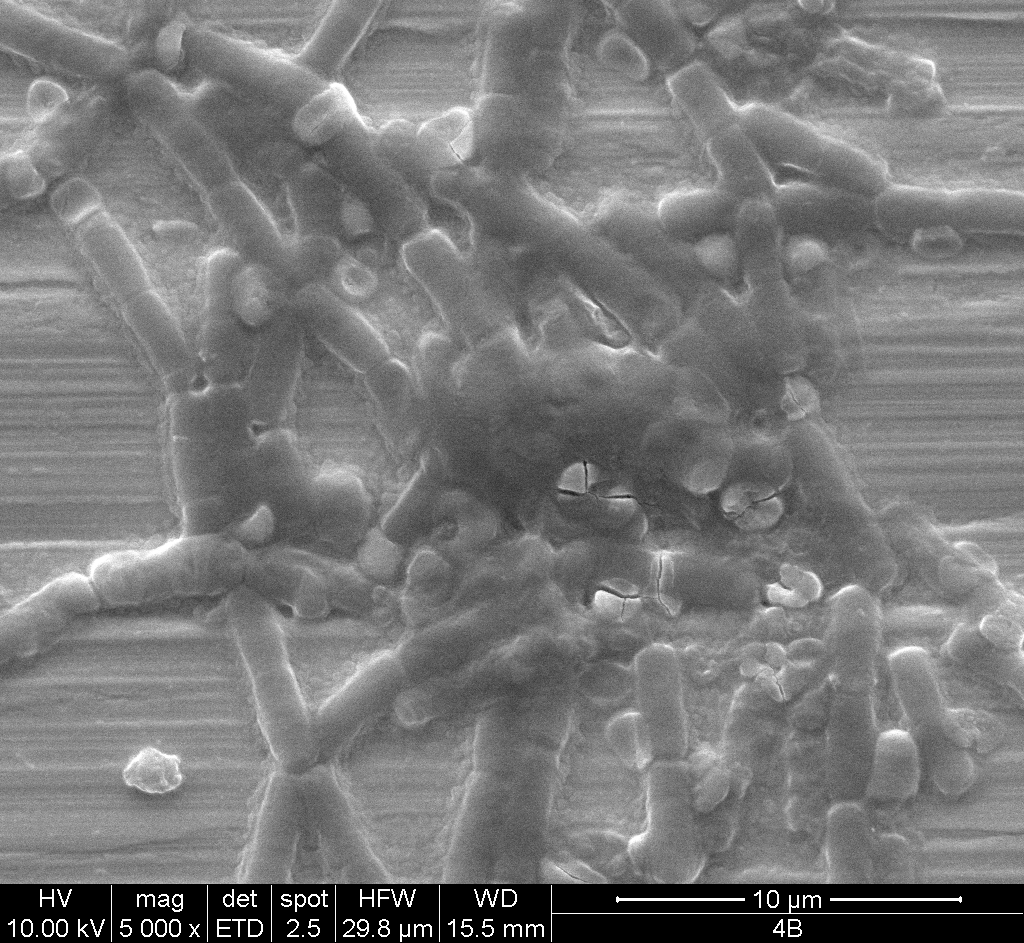
Bacillus Lysate, ingredient for commercial UV protection and incorporation into personal care products. Using a unique biological isolate, obtained from a national space exploration agency, Delavie Sciences has developed an ingredient that demonstrates significant UV absorption profiles. Researched on the exterior of The International Space Station, Delavie Sciences enhanced the efficacy of the isolate by…
Narbis Smart Glasses
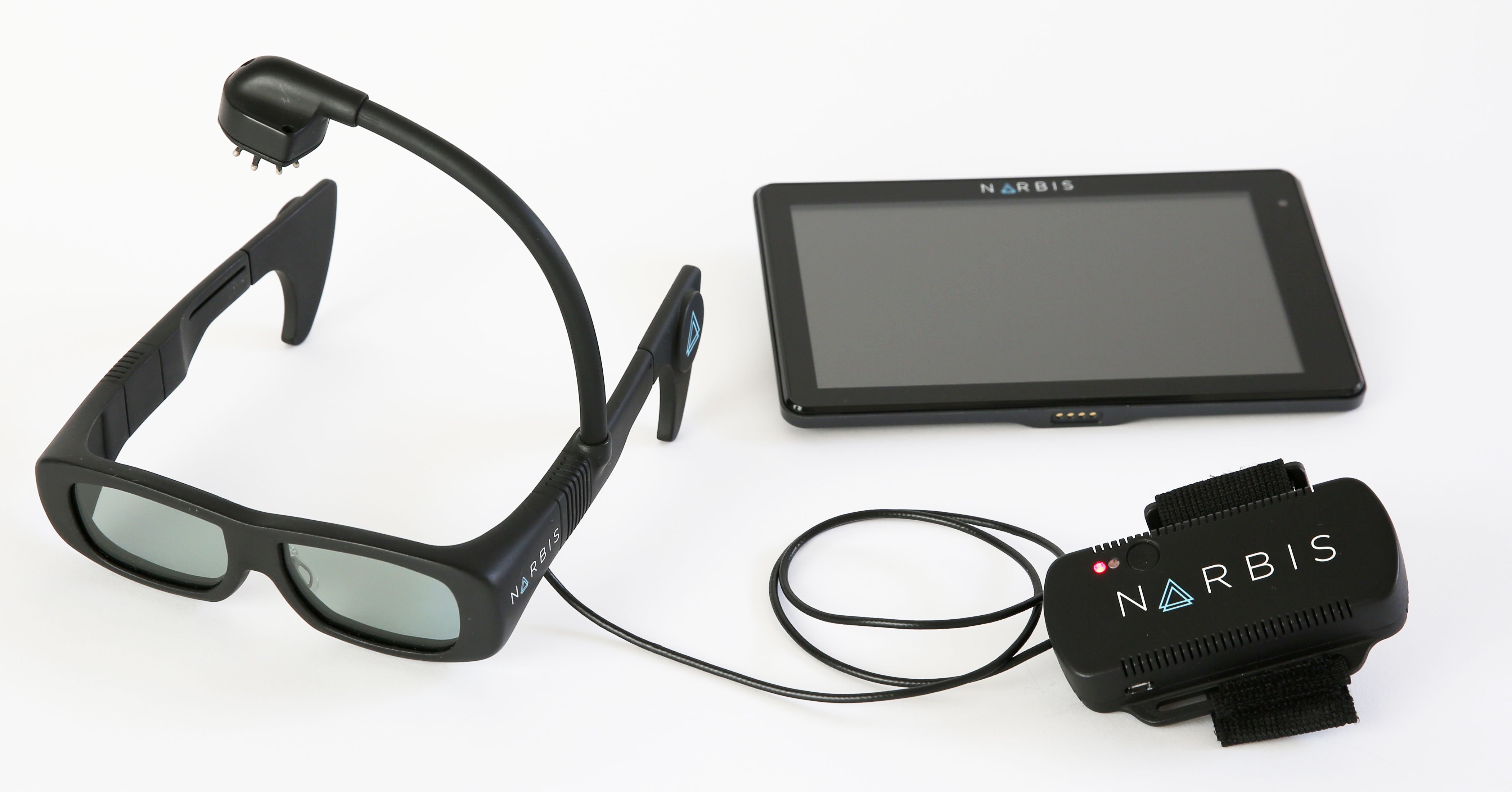
Narbis represents an exciting option to practice attention and focus in day-to-day tasks. Narbis smart glasses use the principles of Neurofeedback and an algorithm developed by NASA to discourage distractibility and reward concentration while reading, working on the computer, studying, or doing homework. When distracted, the glasses gradually change tint to alert you that you…
Nano-filter Technology

Water is a precious resource in space because it is heavy, and therefore difficult to transport. Excellent water filtration systems are a must for space travel, as it can be disastrous to waste a single drop. With the help of NASA scientists, Water Pure Technologies developed a new form of water filtration for use in…
Advanced lubricants and engine treatments
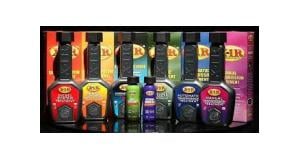
To transport a 12-million-pound spacecraft from an assembly plant to a launchpad, NASA uses a shuttle transporter called a Crawler, which requires a large quantity of track lubricant. But they ran into a problem in the mid-1990s: The lubricant used for this machine up was both ineffective and bad for the environment. That is where…
